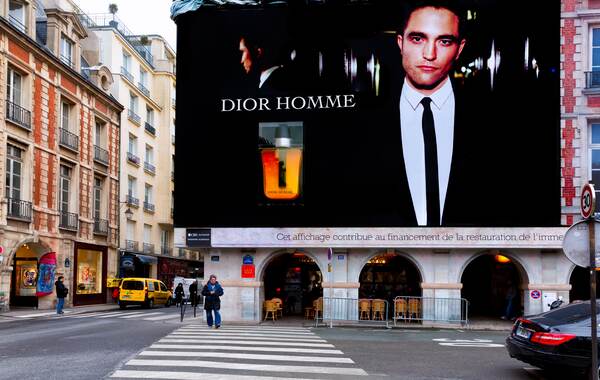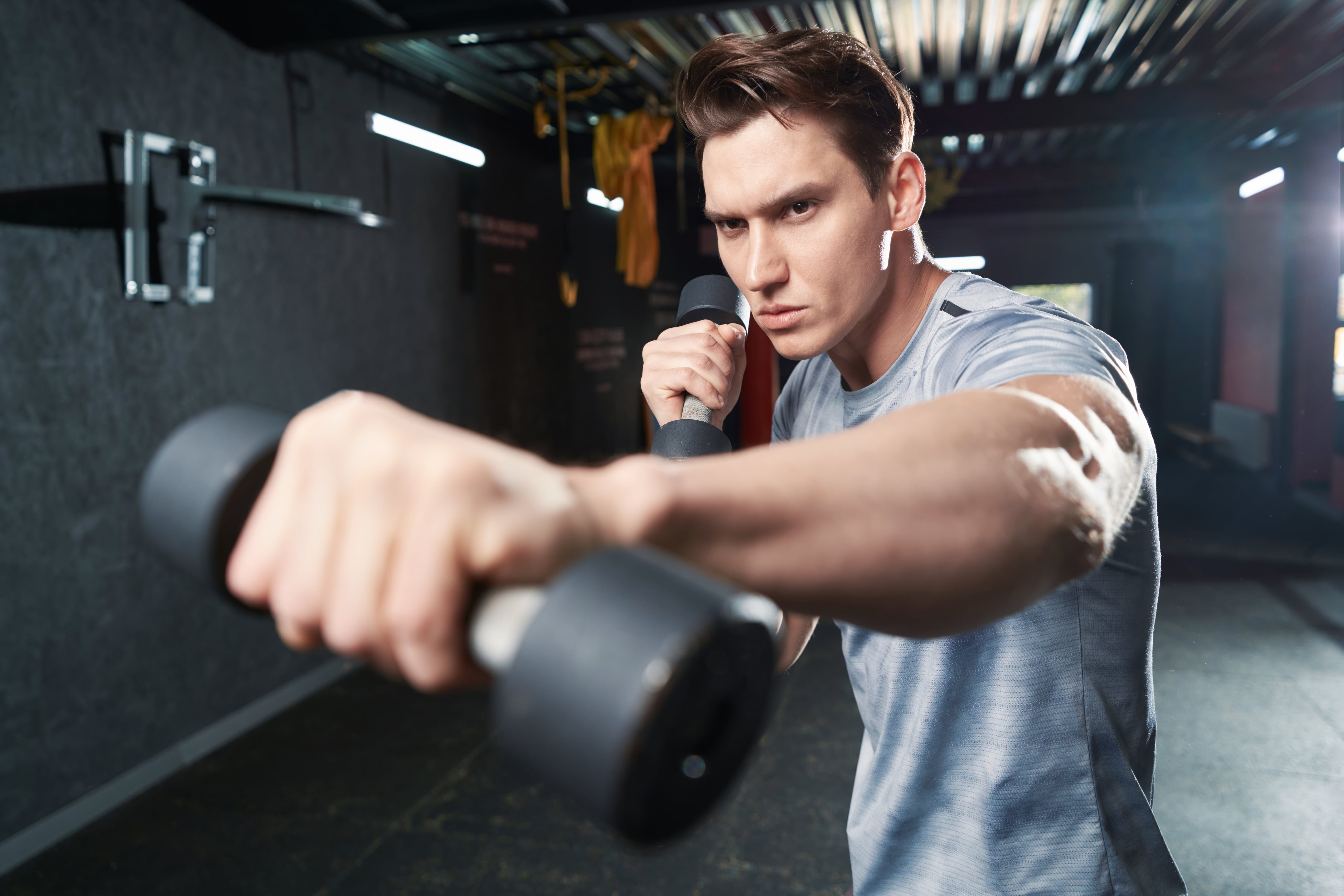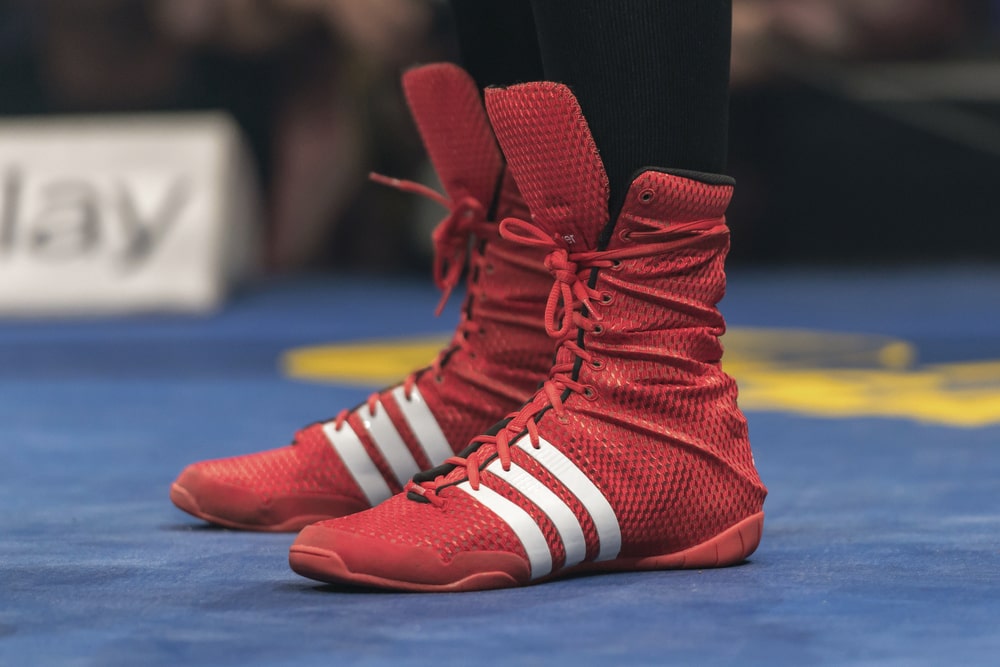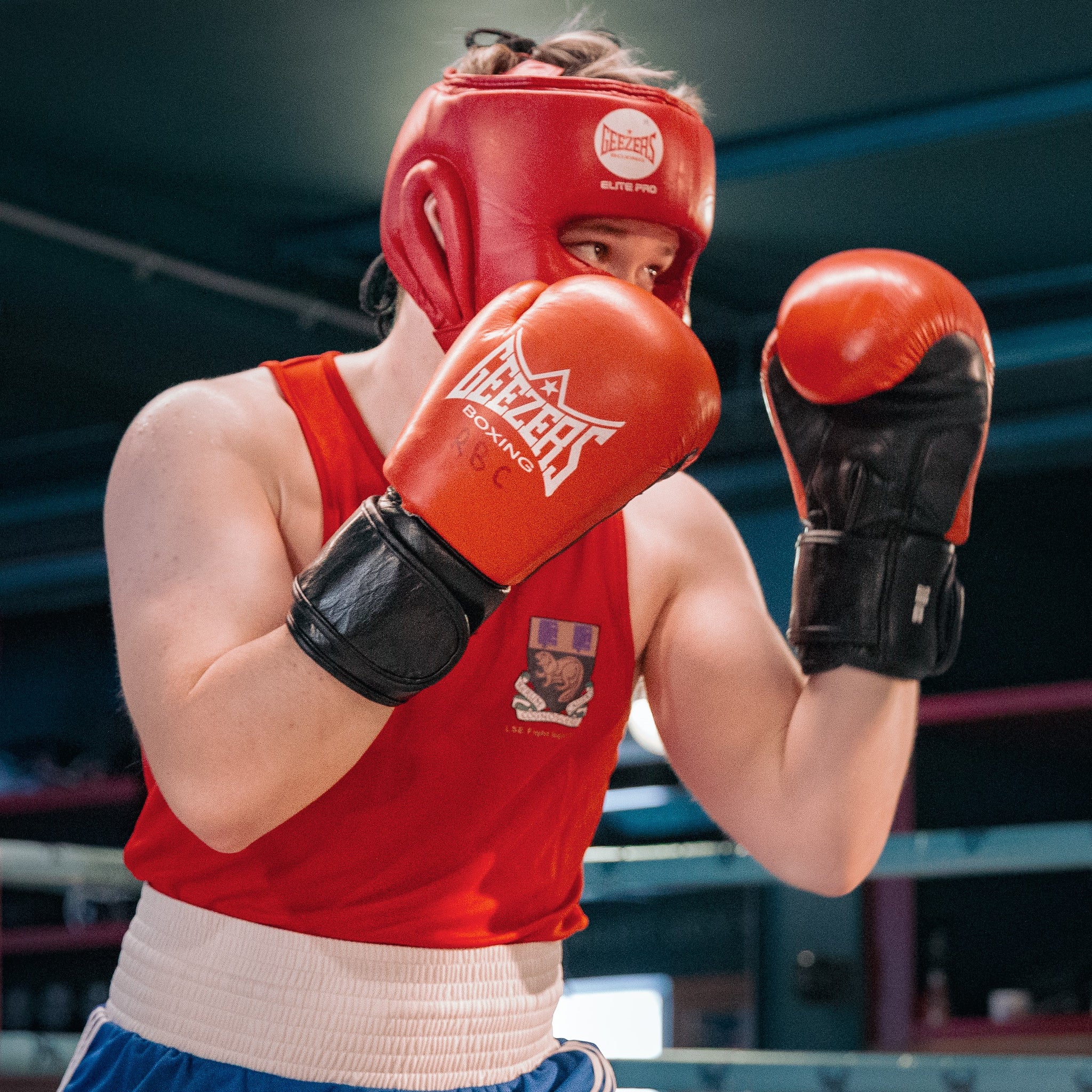The fashion industry has always thrived on innovation and dynamism in its creative processes and retroactive marketing efforts. To keep up with continuously evolving consumer trends, artist, influencer and streetwear label collaborations have become the norm for luxury brands. Luxury sportswear partnerships, such as those with Dior, Gucci, Prada, and Balmain, have proven to be particularly successful in a mid to post-pandemic society.
Collaborations are ripe with opportunities for artistic, aesthetic, and societal influence. As a result, traditionally territorial luxury brands are now adopting more open and collaborative strategies. They are blurring the barriers between sports and fashion - a fusion that encapsulates fashion's evolution throughout the years.
While collaborations are not novel, brands are increasingly adapting their strategies to align their objectives and motivations with those of their target audiences. From Chanel and Dior to Saint Laurent and Balmain, luxury fashion's key players are looking to the ring for inspiration.
The convergence of boxing and high-end fashion is paving the way for a future in which boxing's strength and empowerment are harmoniously blended with fashion's creativity and beauty. This article will dissect and explore the factors that are driving this evolution, as well as the value boxing campaigns, can offer high-end fashion brands.
The Rise of Athleisure in the Fashion Industry
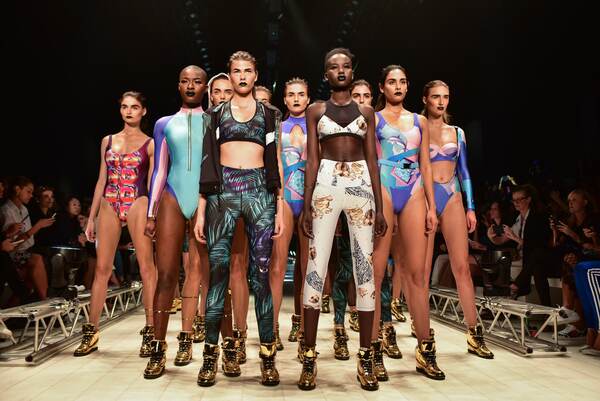
The pandemic has given rise to an increased interest in comfortable fashion, with athleisure at the forefront. Despite challenges faced by the retail industry, athleisure sales have surged by 42%. Spearheaded by the pandemic, celebrities and influencers, the athleisure trend has earned its label as a chic, casual and comfortable fusion of athletic and leisure fashion. The trend comprises yoga pants, leggings, sneakers, shorts, sweatpants, tights, gym tanks, and much more. As casual clothing becomes more utilitarian and sportswear is designed to look stylish outside of the gym, the fusion of these styles is unsurprising.
As remote and hybrid working options increase and sportswear continues to influence fashion, the athleisure trend will continue to grow in popularity. Research conducted by Allied Market Research projects that the worldwide athleisure market will reach $547 billion by 2024. This forecasts an average annual growth rate of 6.5% between 2018 and 2024, compared to only 4.5% for luxury fashion.
Athleisure is growing at a faster rate than any other area of the fashion industry, and it is having a significant impact on high-end design and marketing. Luxury fashion has acknowledged the creativity and knowledge athletic apparel can offer and continues to expand its collections and marketing efforts to match the demand for high-end athleisure.
How Millennial & Generation Z Consumers are Driving Luxury Athleisure

Millennial and Generation Z (Gen Z) consumers make up one of the largest and fastest-growing segments of the luxury industry, accounting for more than 40% of total luxury spending and 100% of global luxury growth. While the luxury fashion market was previously dominated by wealthy middle-aged consumers, millennials are now penetrating this space as emerging power purchasers. Bain & Company projects that by 2025, Millennials and Gen Z will account for over half of all luxury goods sales, raising the global luxury industry's worth to $356 billion.
As their influence in the luxury sector grows, millennials are redesigning luxury for the present era. Luxury brands have recognised the potential of affluent millennial consumers' brand loyalty and retention, and are reworking their traditional business models and marketing campaigns to cater exclusively to them. The strongest card luxury powerhouses can play to stay relevant in today's environment is to accentuate youth as a driver of innovation. Collaborations strike a balance between tradition and innovation and allow brands to exercise their creativity while fostering community building. By incorporating the world of boxing into their campaigns, luxury fashion brands can rejuvenate their brand, while establishing strong relationships with millennials to convert them into loyal customers.
How Millennials & Gen Z use Social Media to Shop

Fuelled by the advent of social media, living in the 21st Century entails adopting a digitally-infused lifestyle. With over one billion monthly active users, Instagram is one of the most popular social media platforms in the world. In January 2022, 30% of Instagram users were aged 18-24, while 31% were 25-35, revealing the majority of Instagram users are millennials and Generation Z. These users are the pillars of digital transformation with a passion for facilitating discussion and influencing public opinion. As a result, marketers must leverage their platforms to engage with millennials' experiences and viewpoints in a digitally connected society.
Athleisure is the fastest-growing apparel segment in fashion, fueled by health-conscious consumers and social media endorsements from celebrities and influencers. Instagram users have reported feelings of pressure to appear as though they are leading attractive and fulfilling lives online. Wellness has become the new status symbol, and an increasing number of individuals are displaying their healthy lifestyles on social media by posting photos of themselves doing various activities while dressed in athleisure attire. Celebrities are promoting luxury athleisure on social media, which is undoubtedly driving sales, with 38% of millennial and generation Z shoppers admitting that what celebrities and influencers wear influences them. Luxury wellness fashion is, therefore, becoming increasingly popular among affluent consumers who want to project an active and healthy lifestyle online.
Professional Athletes are Powerful Marketing Tools
Fashion and sports collaborations have sparked a lot of attention. Collaborating with professional boxers allows luxury brands to capitalise on popular sports' cultural influence and global audience. The future of partnerships, according to 85% of HS Rolodex study respondents, should convey a compelling narrative, as 49% believe that most collaborations lack meaning without it.
Striving for Diversity and Equality
Dior Vibe Line
Dior enlisted Somali boxer Ramla Ali, and seven other international athletes for its Vibe Collection. The movement-friendly collection, which was created by Maria Grazia Chirui, Dior's Creative Director, is inspired by athletic freedom and includes leggings, jackets, and sneakers, embossed with Dior Étoile, Dior Athleta, and Dior Oblique motifs.
As both an IMG-signed model and an Olympian boxer, Ramla Ali bridges the world of fashion and sports. Ramla has previously noted that boxers think of her as a model, while the fashion industry thinks of her as a boxer. For this reason, Ramla appreciates Maria Grazia’s design and vision, as it perfectly embodies both worlds, offering Ramla a sense of belonging.
Boxing, a heavily male-dominated sport, empowers Ramla, who believes her role as a professional boxer promotes greater gender equality. This value is supported by Grazia's Dior Vibe campaign, which is an ode to the liberty that sports have provided women after a long fight for recognition in the sporting world. Boxing embraces diversity and Dior celebrates that diversity in its recent campaigns. As a consequence of Dior embodying its values, consumers who cherish equality and diversity will respect the brand more. Because millennials buy brands for a sense of belonging, pragmatism, identity and cultural awareness, partnerships of this kind are an effective strategy for attracting this consumer segment.
For her match against Isela Vera on November 27th 2021, Ramla Ali sported a Dior Spring/Summer 2022 look. The striking green and black ensemble entailed a robe embroidered with Ramala’s name, shorts embossed with the Dior Vibe logo and a Christian Dior belt and star elevated by a black panther. Panthers are both Somalia's national animal and a symbol of racial equality and the Black Lives Matter movement. As a refugee who survived Somalia’s military conflict, Ramla has expressed her joy at becoming the first Somali woman to compete in the Olympics, on several occasions. The athlete embodies an ethos of uncompromising commitment. Ramla values her identity as a Somali and African woman and adores Dior's designs as they offer her a sense of belonging.
During the match against Vera, Ramla wore a Dior vest as opposed to the majority of female boxers who opt for a sports bra. She commended Dior for respecting her modesty as a Muslim woman, by crafting a design that supported her beliefs. In today’s world, cultural understanding and inclusion are more important than ever. Dior benefits from its partnership with Ramla as her beliefs are shared by a broader audience that strives for a more progressive society. Dior’s Vibe campaign demonstrates how the intersection of boxing and fashion is paving the way for a world where boxing's strength and empowerment are combined with fashion's creativity and beauty.
Balmain x Puma
In November 2019 Balmain collaborated with Puma and model Cara Delevingne for a unisex boxing-inspired limited edition collection. The collaboration combines performance sportswear with Parisian haute couture. Olivier Rousteing, the creative director of Balmain, was inspired by boxing as he views it as a singularly uplifting and driving force. Rousteing has expressed admiration for boxing's capacity to instil confidence in a society where diversity and inclusiveness should be celebrated. The collection, which includes T-shirts, jackets, sports bras, boxer shorts, and boxing gloves, showcases the experiences of ordinary individuals who are proudly, unashamedly being themselves by standing up for what they believe in. The virtues of equality, diversity, and inclusion are the primary themes that emerge from an examination of the junction of boxing and luxury design. This evidences that the fusion of boxing and fashion allows for the breaking down of barriers, allowing for access within exclusivity.
Pushing Boundaries and Breaking Barriers
Dior Homme Sport
For the relaunch of Dior Homme Sport, Dior enlisted seven international boxers for its 2022 campaign. The series of videos showcased [insert names] sporting black and grey leather boxing gloves embossed with Dior’s logo. The gloves, which were designed by Dior Men's artistic director, Kim Jones, were inspired by the renowned world of boxing with an added touch of luxury.
The refreshed fragrance is both powerful and elegant, mixing viva de vivre with a hint of sensuality for a punch as powerful as a boxer's uppercut. The campaign pays homage to elegant masculinity by depicting it as a mélange of delicate and polished demeanours. This spells stereotypes around boxing as a male-dominated sport and instead promotes it as a sport that can be both gentle and accessible. This is emphasised by further Dior Homme Sport campaign videos which show Dior ambassador and actor, Robert Pattinson, taking on the role of a boxer.
Pattinson transforms into a handsome boxer who aspires to be the greatest in the world. He performs a passionate shadow boxing performance set to Leonard Cohen's love anthem, demonstrating the gentle side of boxing. As the new scent claims, he is a combination of raw strength, allure, and compassion all at once. Male mental health awareness is on the rise in today's world. This crossover between boxing and fashion can be interpreted as an attempt to break down barriers and stereotypes by highlighting that participation in sports like boxing does not require individuals to be completely masculine. Rather, it fosters accessibility and inclusion.
The Growing Need for Fashion & Functionality
Saint Laurent x Everlast
Consumers seek luxury athleisure as it is comfortable and innovative. Enlisting professional boxers allays any fears that these collections prioritise style over function. Instead, it lends credibility to luxury brands by demonstrating the ensembles successfully blend fashion, utility and performance. A prime example of this is the Saint Laurent and Everlast collaboration which is available exclusively at Saint Laurent’s River Droite store in Paris. The last thing a renowned sportswear brand wants is for their reputation for creating high-quality athletic apparel to be compromised. As a result, they will make certain that their products boast utility and performance.
Everlast has been the premier sportswear brand since 1910, supporting boxing icons such as Muhammad Ali and Sugar Ray Leonard, among others. Saint Laurent and Everlast have collaborated on a monochromatic boxing line that includes headgear, lace-up boxing gloves, hand wraps, a heavy bag, and boxing trunks. Anthony Vaccarello, Saint Laurent's creative director, was inspired by Michael Halsband's 1985 black-and-white pictures of Andy Warhol and Jean-Michel Basquiat in the brand’s shorts and gloves, which led him to reinvent the sleek black and white outfits specifically for the brand's home and lifestyle brand. The trunks are composed of satin and have a 4-inch elastic waistband that Saint Laurent has modified for a better fit. Both the beautifully handcrafted punching bag and the gloves are made of high-quality leather, ensuring that the luxury editions maintain their overall longevity. Each piece is also embossed with a prominent co-branded patch that features Everlast and Saint Laurent's emblems.
Collaborations have become such an important part of brands' marketing strategies. The convergence of luxury fashion and boxing, as shown in recent Dior campaigns, is broadening the societal perspective of high-end fashion. It is encouraging other brands to explore the possibility of collaborating with professional athletes, launch immersive marketing initiatives, and develop sports apparel - all of which are crucial to the target demographic of millennials. In an era marked by rising complexity and blurred industry boundaries, collaboration is essential for luxury brands' future success among younger consumers. This symbiotic relationship will continue to flourish in upcoming years.


